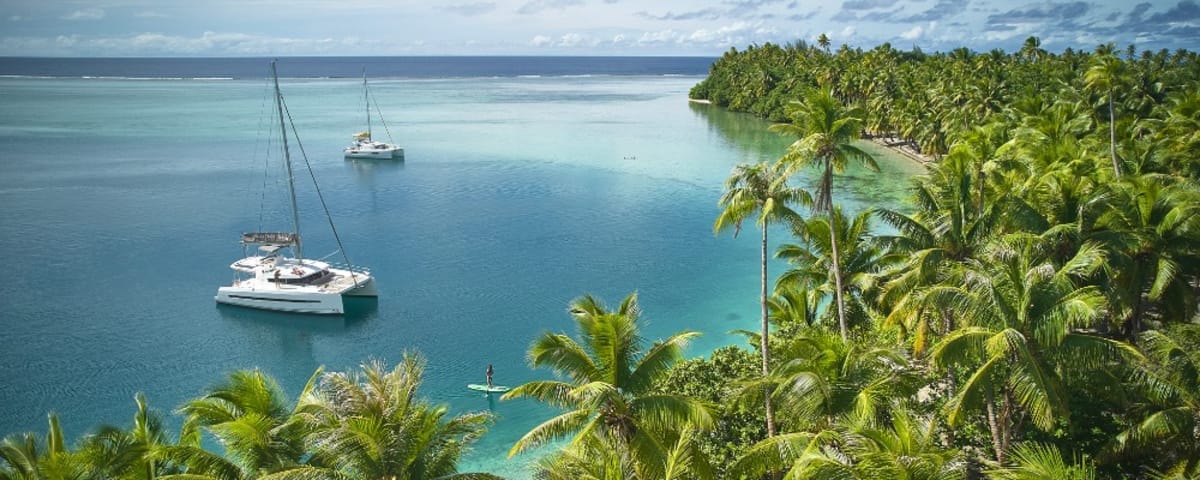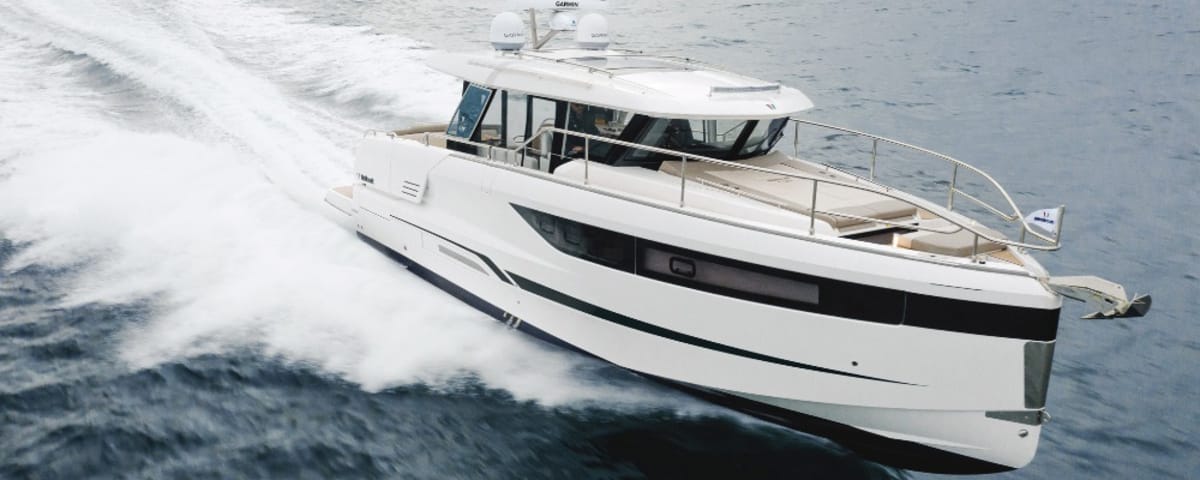The Shifting Sands of Fort-Mahon-Plage: A Coastal Escape
Here, the sand is never still. It moves with the rhythm of the sea winds, shaped by a vigorous climate that relentlessly sculpts the landscape. The harshness of winter gives way to the rebirth of spring: a fundamental natural cycle for the health of the dune system. Fragile yet resilient, the dune once moved freely, until inhabitants began to stabilize it to protect settled areas. Today, the dune is better understood, recognized for its ecological value and its role as a natural barrier against the ocean’s assaults.
Among the sentinels of this shifting territory, the marram grass plays a vital role. This pioneering plant, also known as “dune grass,” withstands salty winds and drought. Its roots, which can plunge up to ten meters deep, help stabilize the sandy soil. Further inland, maritime pines and birches take over, anchoring the dune in the earth. Together, these species contribute to the balance of the ecosystem protected by the Conservatoire du Littoral, which oversees some 400 hectares between Fort-Mahon and the Marquenterre.
The dune relief extends for nearly 12 kilometers along the coastline, and up to 4 kilometers inland. It rises to 40 meters in altitude and creates a succession of contrasting landscapes, from the Pointe de Saint-Quentin to the dunes of the Authie. The Royon dunes, the Pyramide dunes, and the Marquenterre dunes offer numerous vantage points for observing remarkable biodiversity. It is also a fantastic area for walkers, naturalists, and photographers.
A Maritime Facade Conducive to Escape
In Fort-Mahon, the beach is more than just scenery. Long, wide, and swept by the winds, it becomes a playground for thrill-seekers. When the wind howls, land yachts glide at high speed across the wet sand, sometimes for several kilometers. The spectacle is captivating, both to participate in and to watch.
The resort’s nautical center offers a wide range of activities accessible in all seasons: land yachting, of course, but also sea kayaking, paddleboarding, catamaran sailing, and jet-skiing. From the first days of good weather, it becomes an essential starting point for exploring the coastline from a different angle, gliding between the waves or following the dunes along the water’s edge.
Inland, other forms of exploration are available to visitors. Naturalist guides organize walking tours in the dunes and along the Bay of Authie. These walks, lasting about two and a half hours, provide a better understanding of the site’s rich flora and fauna, from halophilic plants to migratory bird colonies. In any season, it is recommended to come well-equipped, with boots often more useful than sandals.
A Destination Between Nature and Heritage
Fort-Mahon-Plage is now a popular destination for its family atmosphere, its preserved environment, and its openness to the sea. It offers an alternative to more crowded resorts, while remaining lively and active throughout the year. Markets, cultural events, and seaside establishments such as sailing schools and beach restaurants contribute to the area’s appeal.
Exploring the golden massifs of Fort-Mahon means entering a shifting landscape of dunes, beaches, and sea horizons. A place where nature is observed as much as it is experienced, and which offers visitors a rare balance between freedom and tranquility.
Before you go, remember to check the weather forecast.
Enjoyed this post by Thibault Helle? Subscribe for more insights and updates straight from the source.


